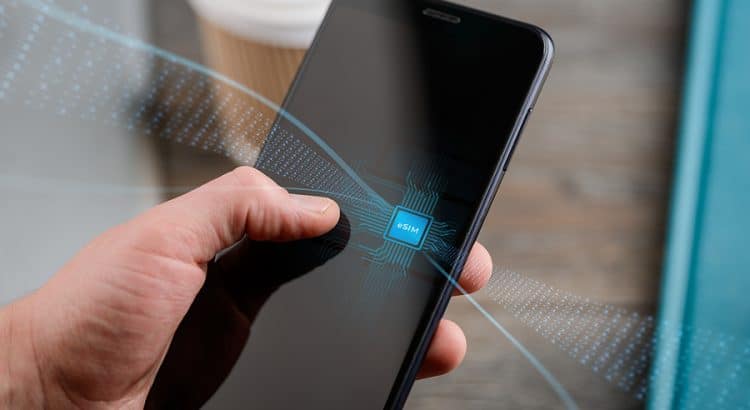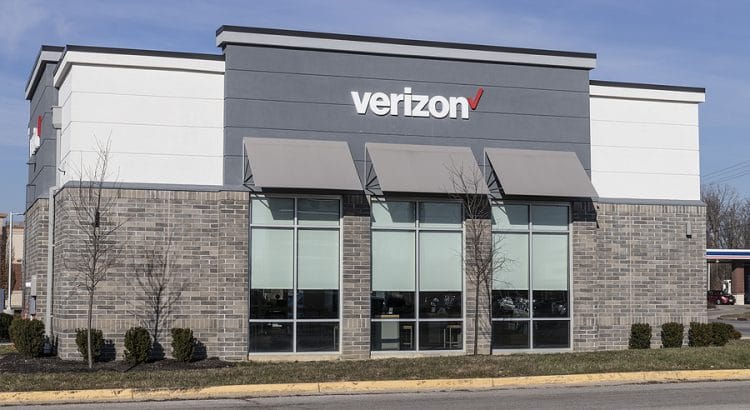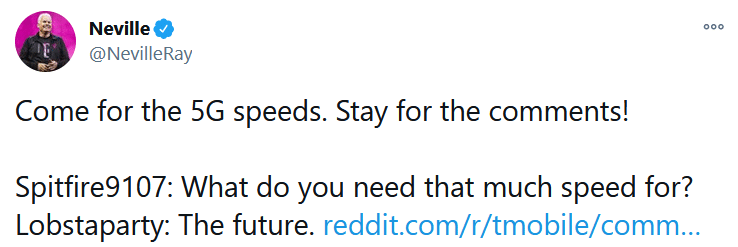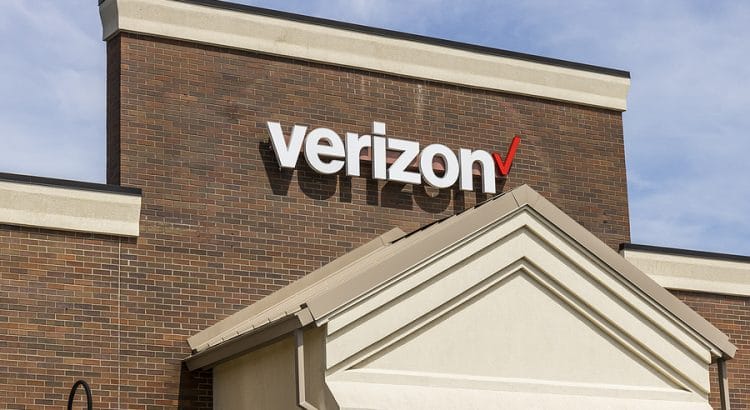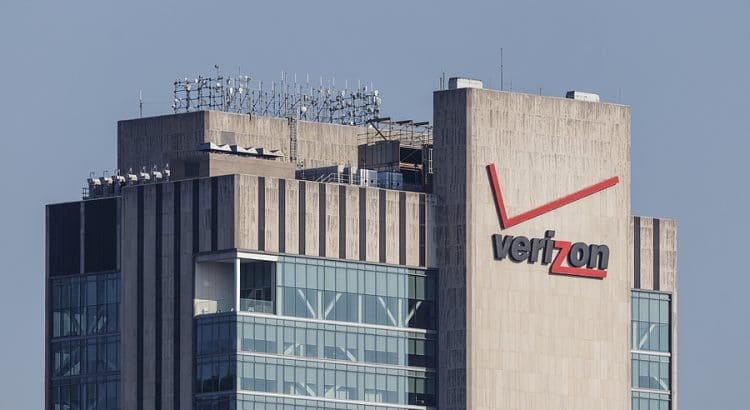The FCC’s C band auction recently closed with a total of about 81 billion dollars in bids. This was by far the highest-grossing spectrum auction in U.S. history. Previously, the largest auction garnered about 45 billion dollars.1
In the C band auction, about 280 megahertz of spectrum in the 3.7-3.98GHz range was reallocated to cellular companies. Spectrum in this frequency range is particularly appealing to operators of cellular networks. The spectrum offers great characteristics, combining a potential for covering large areas with a potential for delivering fast speeds.
The amount of money committed in the recent auction drives home a point that I think most casual observers miss: spectrum is an enormous expense for cellular networks in the U.S. With the auction closing at about 81 billion dollars, U.S. networks are spending over $250 per person in the United States in a single auction.2



